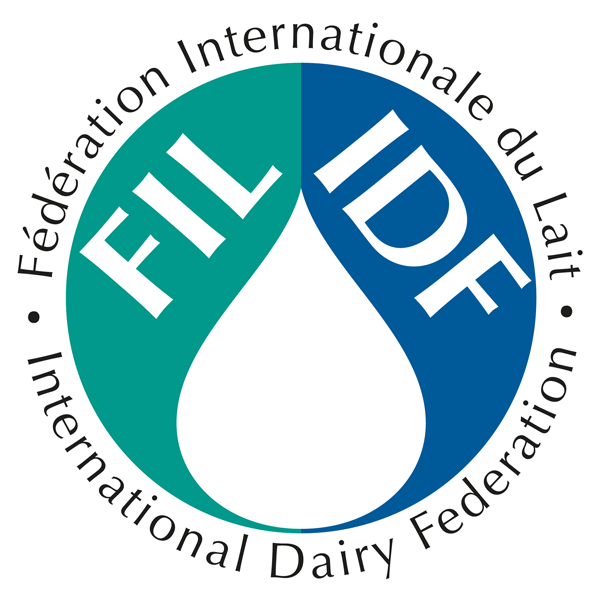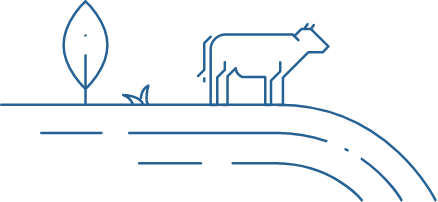Share this page

Location
Morocco
Number of children
1.4 million
Age range
Primary
Timing
N/A
Program overview
The programme aims to promote children’s physical and mental well-being with a focus on nutritional health throughout the life cycle. It is also intended to prevent nutritional illnesses as well as enrich health professionals’ competencies in nutrition. The school milk programme also aims to promote multisectoral investigation into nutrition and realise nutritional and hygienic guidelines for school and university menus.
Type of products
Low-fat unflavoured fluid milk; Fermented milk; Yoghurt; White cheese Butter Cow’s, Camel’s or Sheep’s dairy
Stakeholder engaged
The following Ministries: Health; Agriculture and Marine Fishing; National Education, Superior Education and Science; Economy and Finance, Industry, Commerce and New Technologies; Youth and Sports; Communication; Social development, Family and Solidarity; Islamic Affairs; and Interior. Essential for the creation and approval of guidelines are the Comité Intersectoriel de Nutrition (Intersectorial Nutrition Committee) and Comité National de Nutrition (National Nutrition Committee)
Partners
The United Nations Development Assistance Framework for Morocco, the Food and Agriculture Organization and the World Food Programme has proven essential for the success of the programme in this country
Activities associated
The Programme National de Nutrition (National Nutrition Programme) provides materials for Nutritional education
Data of dairy consumption
A study with data from 20131 showed that only 38% of adolescents with ages between 15 and 19 years old consumed dairy products (especially milk) every day of the week (Hamrani, A. et al, 2015), but other studies2 have reported lower percentages (26,7%) (Achouri, I., Aboussaleh, Y., Sbaibi, R., & Ahami, A., 2021). More recently, according to AgriMaroc, each habitant consumed 72 litres of milk in the year of 2017, which totals just under 200mL of milk per day (La filière laitière au Maroc - AgriMaroc.ma). There a higher consumption of milk by children of mothers with a higher level a education.
Dietary guidelines
- Milk should be consumed twice per day in portions between 150mL (4-8 years old) and 250mL (9-18 years old)
- Cheese should be consumed once a day in portions between 20g (4-8 years old) and 40g (9-18 years old)
- Yoghurt should be consumed once to twice per day in portions of 110g
Butter should be consumed three times per week in portions between 10g (4-8 years old) and 20g (9-18 years old) - Dairy products must have low or no added sugar and have reduced fat
Future goals
Through different national programmes, the national authorities expect to eliminate vitamin A deficiency and health complications associated with iodine insufficiency, prevent infant weight loss over 5% and child overweight and obesity, and reduce delayed growth and development by 40%.
Promotional material
- Communication is done by associations for consumer protection
- Quality control and food security is assured by different actors in the food chain;
- The media and food establishments assist in sensibilisation campaigns and spreading knowledge
- Sports clubs and associations promote a culture of physical activity and movement, especially outdoors






